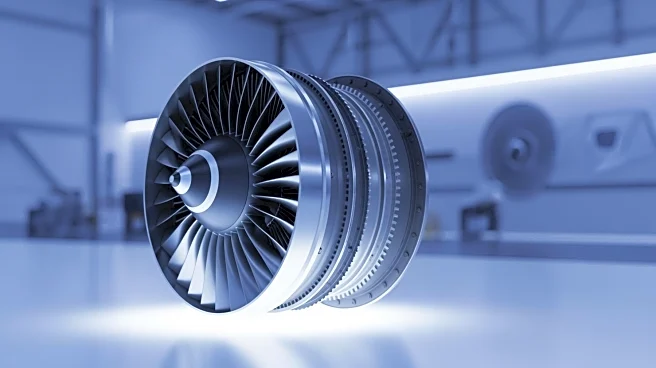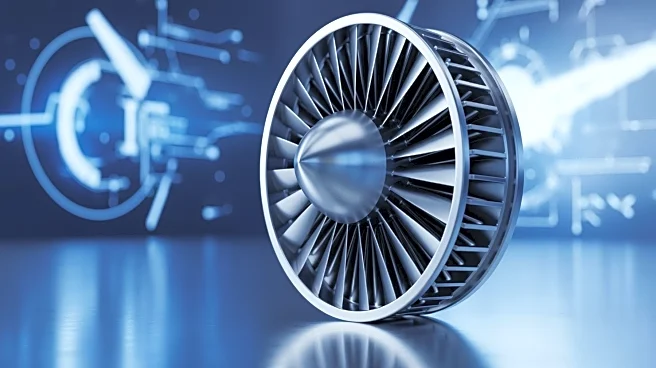What's Happening?
Pratt & Whitney has received certification from the European Union Aviation Safety Agency (EASA) for a durability improvement thrust rating change on its PW1100G engine, used in the Airbus A320neo family.
This certification allows for reduced climb thrust, which is expected to enhance the engine's time on wing by 5% to 20%, depending on the engine's condition. The upgrade is available as a software update and is part of a broader package known as HS+, which is currently undergoing flight testing. The certification will enable immediate incorporation in some countries, while others, like India, may require additional regulatory scrutiny.
Why It's Important?
The certification of the PW1100G engine upgrade is significant for the aviation industry as it promises increased engine durability and efficiency, potentially reducing maintenance costs and improving operational reliability for airlines using the Airbus A320neo. This development could lead to cost savings and enhanced performance for airlines, impacting their operational strategies and fleet management. The upgrade aligns with industry trends towards more sustainable and efficient aviation technologies, which are crucial as airlines seek to reduce their environmental footprint and improve profitability.
What's Next?
Pratt & Whitney plans to begin initial installations of the hot section retrofit at its MRO sites in 2026, with a targeted approach to prioritize customers who would benefit the most from the upgrade. The company will manage the industrial ramp-up to ensure capacity and availability of the new configuration. As the upgrade becomes more widely available, airlines will likely evaluate its benefits and incorporate it into their fleets, potentially influencing broader industry adoption of similar technologies.
Beyond the Headlines
The certification of the PW1100G engine upgrade reflects ongoing efforts in the aviation industry to enhance engine performance and sustainability. It highlights the importance of regulatory bodies like EASA in facilitating technological advancements while ensuring safety standards. The development may also influence competitive dynamics among engine manufacturers, as they strive to offer innovative solutions to meet the evolving needs of airlines.











